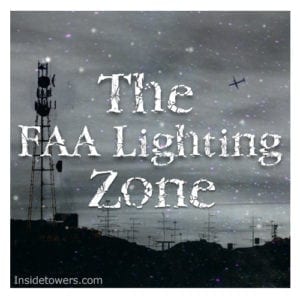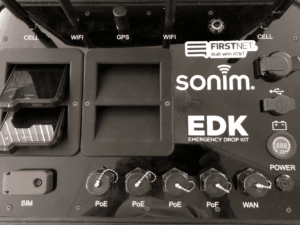The tower industry has a problem that gets overlooked
way too often, according to Kathy Gill, CEO of Tower Safety and
Instruction. Derek Case, a mid-tier tower owner of D&K Nationwide
Communications located in Bristol, CT agrees and is a first-hand witness
to its devastating impact: drug abuse. It has cost Case millions over
the past year and has taken the life of one of his crew.
While Gill was providing safety training for D&K, she became
familiar with the recent climbing fatality that impacted Case both
financially and emotionally.
“I could sense his pain,” Gill said. “And it didn’t just affect him but his family, his employees, even his vendors.”
Gill said D&K followed all the rules
and had a good reputation for work performance. They trained their
employees on required industry standards, provided all the worker PPE
and performed 12-panel drug testing she said. The company was projected
to do $5-to-$6 million that year, with a full plate of cell tower
construction and maintenance work ahead of them. Case cites his crew
member’s tragic death for lost business D&K ended up suffering. Now
he faces possible bankruptcy. He has downsized to six employees with
the cuts affecting former workers who have been forced to move
themselves and their families to find new jobs. Case paid for the
funeral and family expenses for his fallen employee.
Continue Reading











